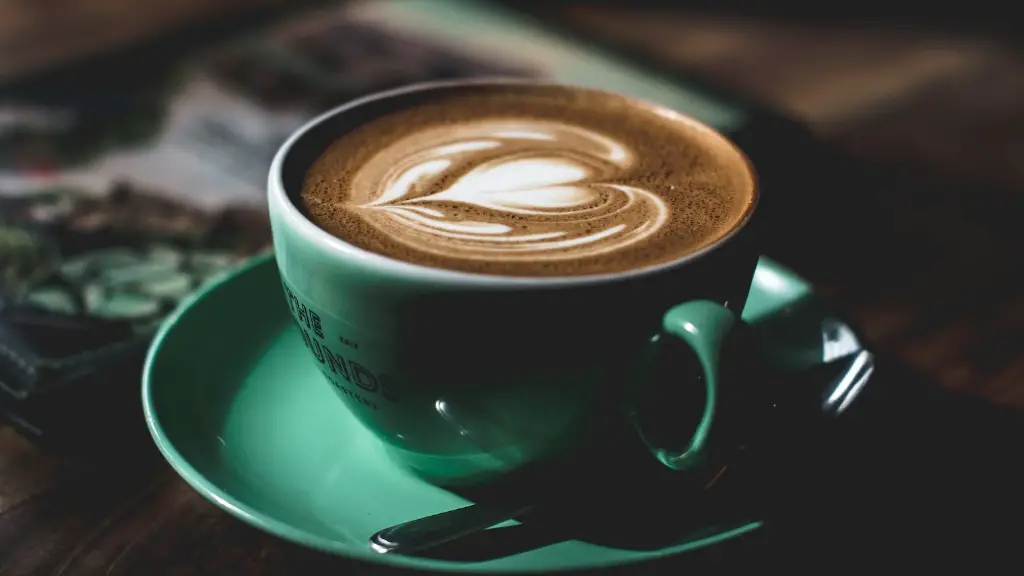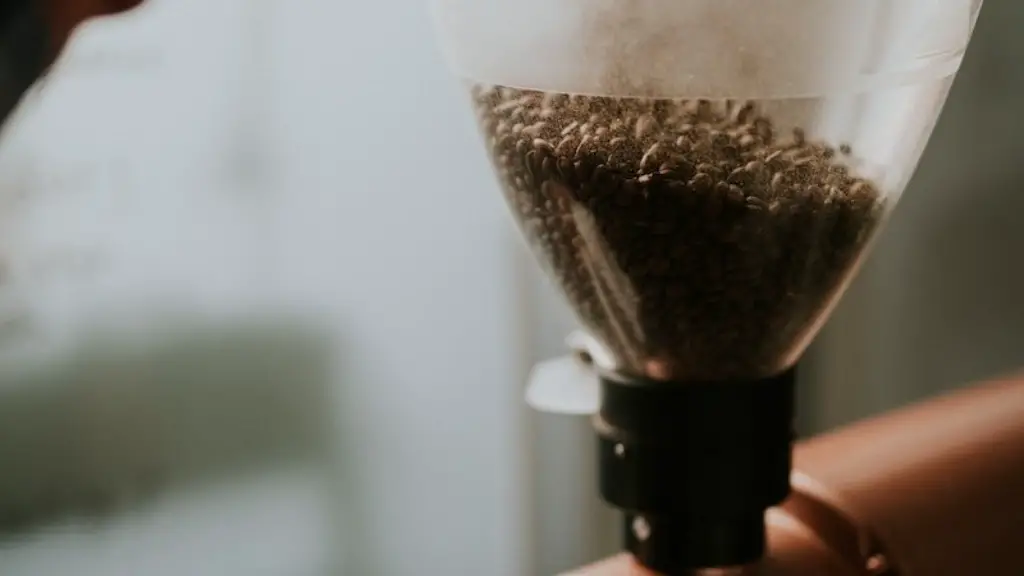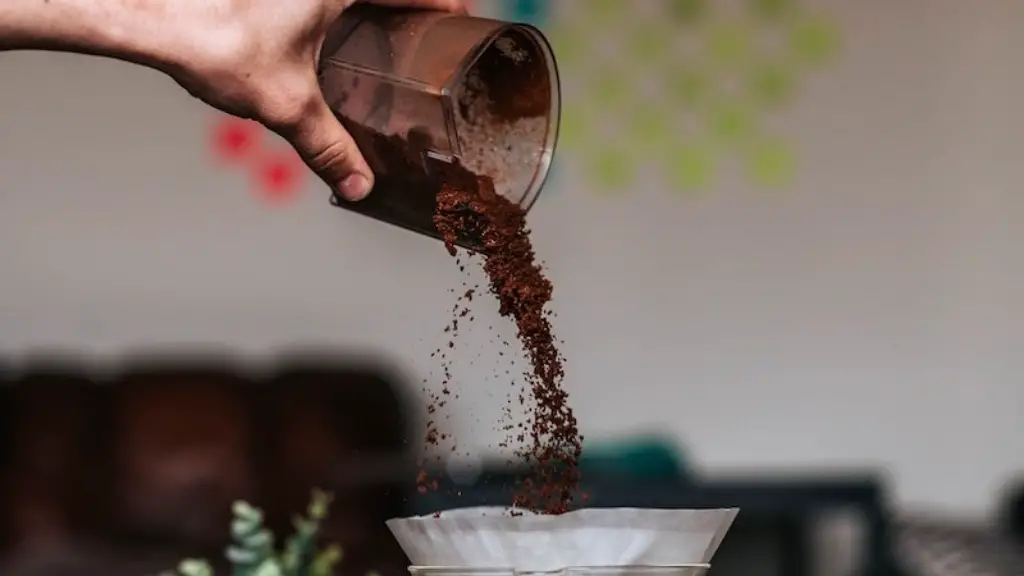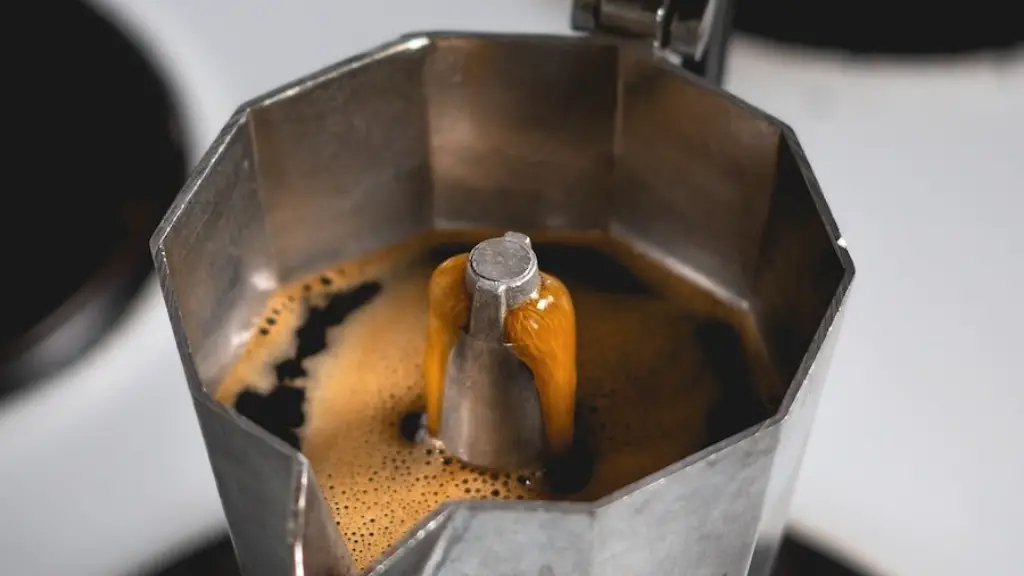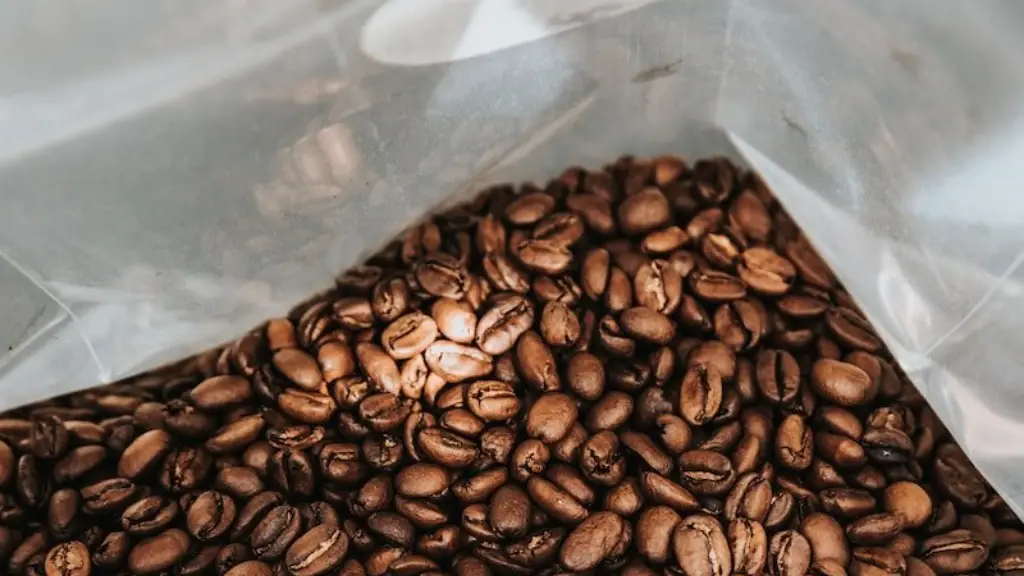Coffee Beans Supply
According to forbs.com, Starbucks purchases about 400 million pounds of coffee annually. That accounts for 4% of the total world coffee consumption which equates to about nine billion coffee beans per year.
The majority of beans used in Starbucks stores are brewed from Arabica beans. Arabica is the most expensive type of coffee bean and is favoured for its smoothness, flavour and aroma. Other types of beans that sometimes make their way into Starbucks stores are Robusta beans and blends such as the espresso blend.
The beans used in Starbucks start as small red cherry-like fruits that grow on lush green bushes. They are grown in volcanic soil at high altitude and hand-picked from trees over high altitudes in countries like Colombia, Brazil, Mexico and Central America. The beans are then put through phases like hulling and washing, sorting, drying and roasting.
Quality is essential when it comes to the beans served in Starbucks stores. To ensure their beans meet optimum standards, Starbucks partners with renowned coffee farmers and associations that support local environmental, economic and governance efforts.
The company is also committed to reducing its environmental impact in the sourcing and production of coffee beans. They’ve switched to sustainable energy sources, such as wind power and biogas, to reduce their carbon footprint, and they’re doing more to conserve water and minimize waste.
Transportation
Transporting nine billion coffee beans each year requires a reliable and sturdy supply chain. From the time of harvesting, to the time beans are brewed, Starbucks must ensure the beans remain safe and their flavour is maintained.
To meet these needs, Starbucks deploys a complex network of suppliers, frontline employees, logistics personnel and other resources who strive to deliver the freshest quality beans around the world. By maintaining strong relationships with coffee growers and suppliers, Starbucks can reduce shipping costs, create quality control and have a positive impact on the local economy.
The beans are transported by land and sea in a manner that preserves their freshness. Most of the beans are shipped via container ships, although some are transported via truck and rail. They’re typically packed in large burlap bags, which allow the beans to breathe and maintain their quality.
In order to reduce environmental impact, Starbucks has partnered with companies such as UPS to reduce their carbon footprint in the transportation of goods. Other measures taken to reduce environmental impact include using recyclable containers and packaging materials and increasing the use of renewable fuels.
Distribution and Processing
Once the beans arrive at their destination, they’re sorted, roasted, ground and brewed. Roasting is a key element in ensuring the flavour and quality of the coffee beans. Starbucks has its own roasting facilities and uses both traditional and computer-controlled roasting machines.
After roasting, the beans are immediately ground, packaged and distributed to Starbucks locations around the world. The beans are delivered in airtight packaging that helps to preserve the aroma, flavor and quality of the beans.
At each store, the beans are measured and brewed according to established guidelines. The temperature of the brewed coffee must remain within a certain range and be monitored to maintain the quality of the coffee. Each cup of coffee is served within minutes of being brewed.
Finally, Starbucks employees ensure that each cup of coffee is served with a smile. Not only does this ensure the customer is satisfied, it underlines the importance that Starbucks places on the customer experience.
Sustainability
In recent years, Starbucks has taken steps to ensure that the coffee beans they use are sourced from sustainable farms. They are committed to supporting their coffee farmers, improving the sustainability of their coffee operations and reducing their environmental footprint.
One way they’ve done this is by adopting green coffee production practices. This includes monitoring crop growth, reducing the use of fertilizer and pesticides, and utilizing renewable energy sources like solar and wind power.
In addition, Starbucks has implemented a program called “Shade Grown Coffee,” which uses the natural shade of trees to protect coffee plants from excessive sunlight, thereby protecting the vegetation and soil, reducing water consumption and preserving local biodiversity.
Finally, Starbucks is committed to reducing its carbon footprint by investing in renewable sources of energy. The company has reduced its carbon output by 3.7% in 2019 and has set a longer-term goal of reducing it by 25% by 2025.
Economics
The economics of the coffee business is complex, with many variables that affect the price of the beans. Starbucks must consider the costs of labor, transportation, packaging and inventory when setting the price of the beans.
The price of the beans is also determined by the supply and demand of the market. When the demand for coffee is high, the price goes up, and when the demand is low, the price drops. In addition to the market conditions, the age and quality of the beans also factor into the pricing.
Another economic factor is the legislation regulating the industry. Many countries have laws and regulations that influence the price of coffee beans, including import taxes and wages. Companies must comply with these regulations, which can affect their pricing.
Finally, the cost of production must be taken into consideration. The cost of the labour, materials, transportation and energy all add up, which must be taken into account when setting the price for the beans.
Consumer Perspective
When consumers purchase coffee beans from Starbucks, they’re getting more than just a cup of coffee; they’re getting a connection to the company’s philosophy. Starbucks is committed to creating a welcoming environment and providing customers with the highest quality coffee.
The company’s focus on quality extends to the selection and procurement of the beans. They ensure the beans have been grown and processed responsibly, in line with their commitment to protecting the environment, and that the beans are of the highest quality.
In order to provide the best possible experience, Starbucks sources its beans from farms around the world that produce beans with unique and distinct flavors. This ensures that each cup of coffee has its own distinctive characteristics.
For customers, the quality of the beans is reflected in the flavor of their coffee. Whether they’re drinking a single origin or a pre-ground blend, they can be assured that their coffee will be fresh and full of flavor.
Conclusion
The amount of coffee beans that Starbucks purchases each year is staggering. The company is committed to ensuring that its coffee beans are ethically sourced, of the highest quality and produced with minimal environmental impact.
The beans are transported using efficient methods, sorted, roasted and distributed to stores for customers to enjoy. Starbucks must consider the cost of production, the demand of the market and regulatory requirements when setting the price for the beans.
In the end, customers enjoy a unique cup of coffee knowing that the beans were responsibly sourced and the company takes the time to ensure its coffee is of the highest quality. By doing so, customers are guaranteed a satisfying and memorable experience.
